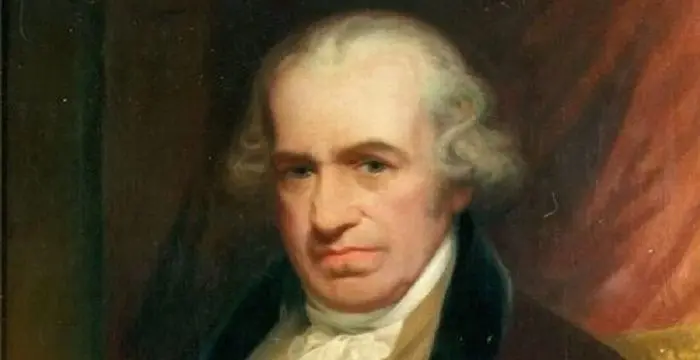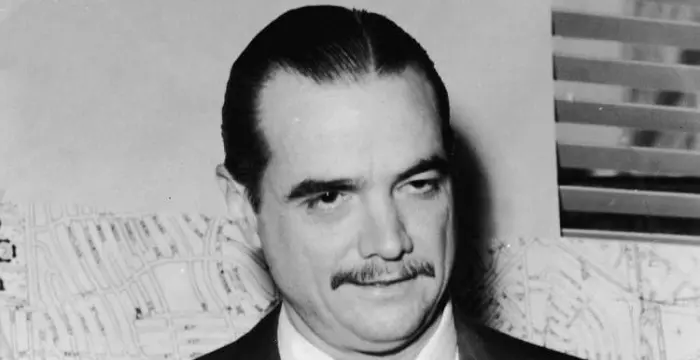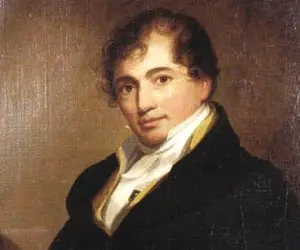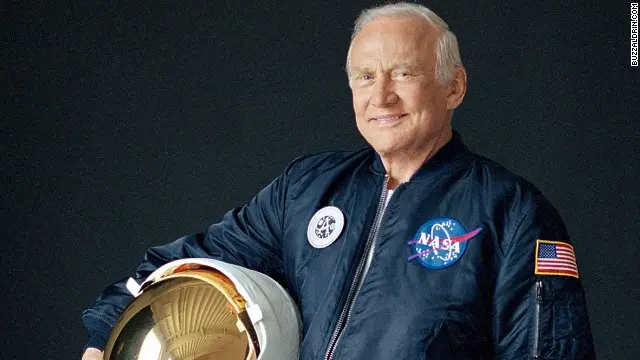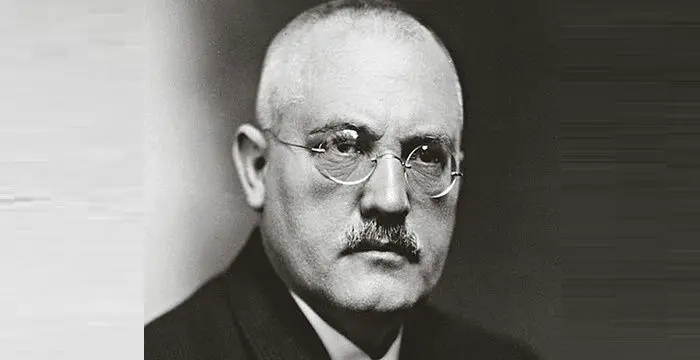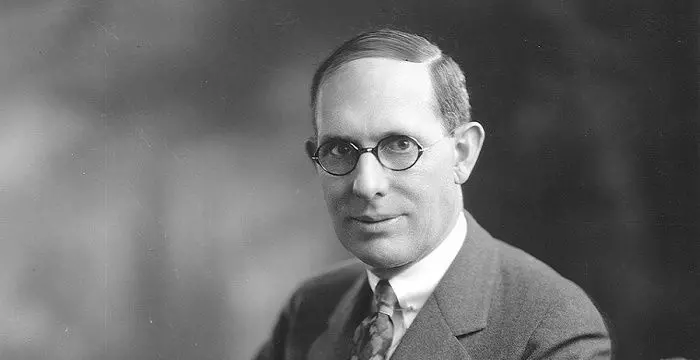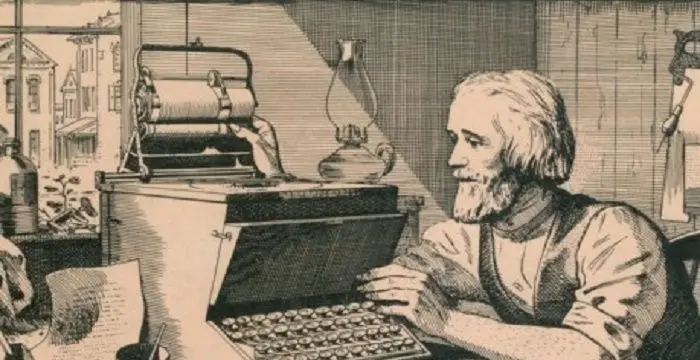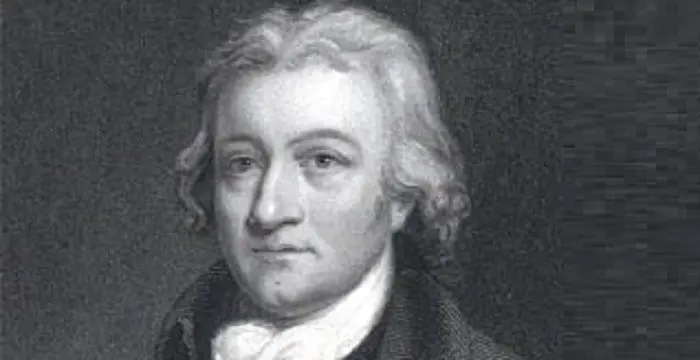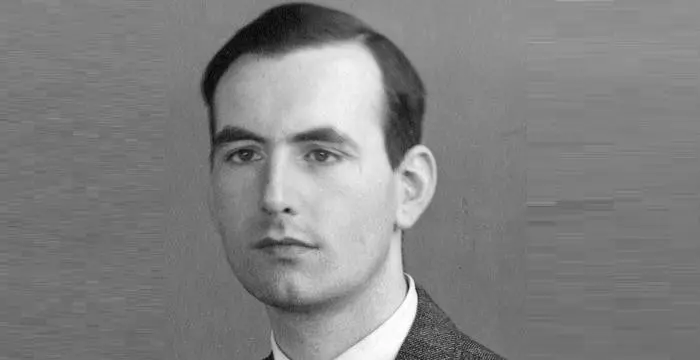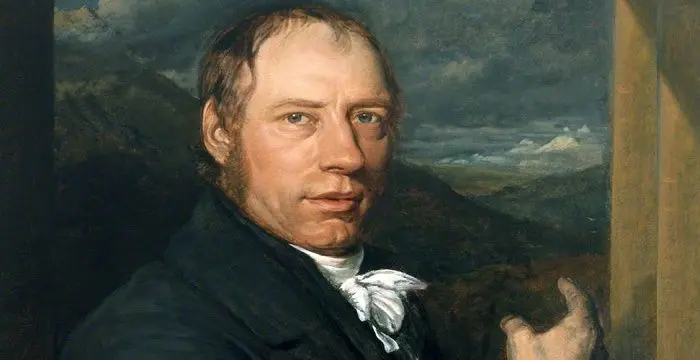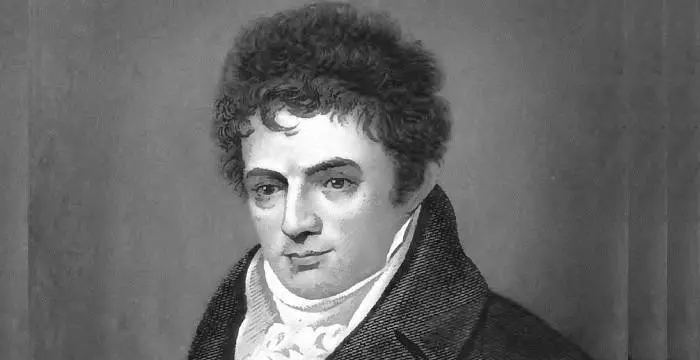
Robert Fulton - Inventors, Birthday and Family
Robert Fulton's Personal Details
Robert Fulton was an American Engineer who developed the first commercially successful steamboat
| Information | Detail |
|---|---|
| Birthday | November 14, 1765 |
| Died on | February 24, 1815 |
| Nationality | American |
| Famous | Inventors & Discoverers, Discoverers, Engineers, Inventors |
| Spouses | Harriet Livingston |
| Siblings | Abraham, Elizabeth, Isabella, Mary |
| Childrens | Julia, Mary Cornelia, Robert |
| Universities |
|
| Birth Place | Little Britain, Lancaster County, Pennsylvania |
| Gender | Male |
| Father | Robert Fulton |
| Mother | Mary Smith |
| Sun Sign | Scorpio |
| Born in | Little Britain, Lancaster County, Pennsylvania |
| Famous as | American engineer & inventor |
| Died at Age | 49 |
// Famous Inventors
Thomas Newcomen
Thomas Newcomen was a British inventor who developed the world’s first steam engine. Browse through this biography to learn in details about his life, career, works and timeline.
Erno Rubik
The famous inventor and educationist, Erno Rubik is known world-wide for his invention the ‘Rubik’s Cube’. To know more about the childhood, profile, timeline and career of this famous architect-inventor read on.
Howard Hughes
Howard Hughes was an American aviator, business tycoon, philanthropist and also a film maker. This biography explores his childhood, career, achievements and timeline.
Robert Fulton's photo
Who is Robert Fulton?
Robert Fulton was an inventor and engineer who constructed the first commercially successful steamboat. It was Fulton who built Nautilus, the first submarine after receiving order from Napoleon Bonaparte. Naval torpedoes were his other noteworthy inventions. He started his career as an apprentice whose works included creating miniature portraits to design lockets and rings. During his visit to Europe, he learnt various techniques of mechanical devices and remained busy in experimenting with those devices. At that time, he developed a special interest towards inland water transportation. His interest resulted in the development of a double inclined plane system. For this specific invention, he received a British patent. Gradually, he developed a plan for cast iron aqueducts and a digging machine. The credit for inventing the first panorama which was shown in Paris goes to him. In later period of his life, he constructed a vessel of 38 tons, named Fulton, on behalf of the United States Government. It was the first steam warship which consisted of central paddle wheels. His other remarkable inventions include various machines for spinning flax, for making ropes, for sawing and polishing stones like marble. Along with Robert Livingstone, he developed North River Steamboat, which was the first commercial steamboat.
// Famous Engineers
Buzz Aldrin
Buzz Aldrin was a US Astronaut and was the second man to set foot on the moon. This biography provides detailed information about his profile, childhood, life, achievements, works & timeline.
Carl Bosch
Carl Bosch was a well-known German chemist and industrialist. This biography provides detailed information about his childhood, life, research work, career, achievements and timeline.
Charles F. Kettering
Charles F. Kettering was an American inventor and electrical engineer who held more than 150 patents. This biography provides detailed information about his childhood, life, works, achievements and timeline.
Childhood & Early Life
As the son of Irish immigrants, Robert Fulton was born in Little Britain, Pennsylvania, US. He grew up with his three sisters and a brother. His father worked at farming.
His family lost their farm in 1771, and shifted to Lancaster where his father passed away in 1774. He received his early education at home. Later, he studied at a Quaker school.
Career
He worked as an apprentice in a jewellery shop in Philadelphia. Here he became an expert in creating painting of miniature portraits on ivory for designing lockets and rings.
During his stay in Philadelphia, he came in contact with Benjamin Franklin and several personalities of Revolutionary War. At that time, he planned to visit Europe. He went to London in 1787.
In London, with the assistance of Benjamin West, an Anglo-American painter, he received several commissions of painting portraits and landscapes. Although he managed some success, he didn’t see a great future from himself in painting.
In 1794, he decided to concentrate on canal engineering. His first assignment was to design a canal system to replace the locks that were then in use.
In 1796, he published 'Treatise on the Improvement of Canal Navigation', which dealt with a complete system of inland-water transportation based on small canals extending throughout the countryside. He also patented a dredging machine and several other inventions.
In 1797, he went to Paris, where he proposed the idea of a submarine, the 'Nautilus,' to be used in France’s war with Britain; but the French government rejected the idea.
In 1800, he built the submarine 'Nautilus' at his own expense. The submarine was used in the battle against British but it wasn't very successful.
In 1801, when he met with Robert R. Livingstone, he decided to build a steamboat. For this purpose, he experimented with water resistance capacity of various hull shapes. Unfortunately, his designed boat sank.
In 1804, he moved to England where Prime Minister William Pitt commissioned him to build a range of weapons for the Royal Navy. At that time, he developed the world’s first naval torpedoes with advanced design.
In 1806, he arrived in New York and started construction of his steamboat Clermont. It was named after Robert Livingstone’s estate on the Hudson River. This boat was capable to make 150 mile trip in 32 hours.
In 1807, along with Robert Livingstone, he developed the North River Steamboat, the first commercial steamboat. It was operated on the Hudson River between New York City and Albany, New York.
In 1810, the three boats that he designed, served the Hudson and Raritan rivers. His designed steamboats replaced the horse ferries for the crossing of rivers in New York, Boston and Philadelphia.
In 1811, the ‘New Orleans’ that he designed was sent to south to validate the Livingston-Fulton steamboat monopoly of the New Orleans Territory. Later, he constructed three boats based on the design of ‘New Orleans’.
In the same year, he became a member of the Erie Canal Commission and he remained this Commissions’ member until his death. Later, he created design of Demologos which is the world’s first steam driven warship that he made for the US Navy for the war of 1812.
Personal Life & Legacy
He tied the nuptial knot with Harriet Livingstone in 1806. They had four children whose names were Robert, Julia, Mary and Conelia.
In 1815, when he was trying to rescue his friend from the frozen Hudson River, he got soaked with icy water and later developed pneumonia. He passed away on account of his illness.
In 1816, the Commonwealth of Pennsylvania donated a marble statue of Fulton to the National Statuary Hall Collection in the US Capitol Building.
During Hudson-Fulton Celebration of 1909 in New York City, he was remembered for his unique design of steamship technology.
Trivia
BBC children’s television portrayed the character of this extremely talented personality through its popular programs like ‘Triton’ and ‘Pegasus’. The album titled ‘Holland’ by The Beach Boys, mentions the name of this gifted engineer through its song ‘Steamboat’.
// Famous Discoverers
Thomas Newcomen
Thomas Newcomen was a British inventor who developed the world’s first steam engine. Browse through this biography to learn in details about his life, career, works and timeline.
Christopher Latham Sholes
Christopher Latham Sholes was an American inventor. He is known as the "Father of the Typewriter" as he invented the QWERTY keyboard. This biography profiles his childhood, life, inventions, achievements and timeline.
Edmund Cartwright
Edmund Cartwright was an English clergyman and inventor of power loom. Read this biography to get detailed information about his life, career, works and timeline
Robert Fulton biography timelines
- // 14th Nov 1765As the son of Irish immigrants, Robert Fulton was born in Little Britain, Pennsylvania, US. He grew up with his three sisters and a brother. His father worked at farming.
- // 1774His family lost their farm in 1771, and shifted to Lancaster where his father passed away in 1774. He received his early education at home. Later, he studied at a Quaker school.
- // 1787During his stay in Philadelphia, he came in contact with Benjamin Franklin and several personalities of Revolutionary War. At that time, he planned to visit Europe. He went to London in 1787.
- // 1794In 1794, he decided to concentrate on canal engineering. His first assignment was to design a canal system to replace the locks that were then in use.
- // 1796In 1796, he published 'Treatise on the Improvement of Canal Navigation', which dealt with a complete system of inland-water transportation based on small canals extending throughout the countryside. He also patented a dredging machine and several other inventions.
- // 1797In 1797, he went to Paris, where he proposed the idea of a submarine, the 'Nautilus,' to be used in France’s war with Britain; but the French government rejected the idea.
- // 1800In 1800, he built the submarine 'Nautilus' at his own expense. The submarine was used in the battle against British but it wasn't very successful.
- // 1801In 1801, when he met with Robert R. Livingstone, he decided to build a steamboat. For this purpose, he experimented with water resistance capacity of various hull shapes. Unfortunately, his designed boat sank.
- // 1804In 1804, he moved to England where Prime Minister William Pitt commissioned him to build a range of weapons for the Royal Navy. At that time, he developed the world’s first naval torpedoes with advanced design.
- // 1806In 1806, he arrived in New York and started construction of his steamboat Clermont. It was named after Robert Livingstone’s estate on the Hudson River. This boat was capable to make 150 mile trip in 32 hours.
- // 1806He tied the nuptial knot with Harriet Livingstone in 1806. They had four children whose names were Robert, Julia, Mary and Conelia.
- // 1807In 1807, along with Robert Livingstone, he developed the North River Steamboat, the first commercial steamboat. It was operated on the Hudson River between New York City and Albany, New York.
- // 1810In 1810, the three boats that he designed, served the Hudson and Raritan rivers. His designed steamboats replaced the horse ferries for the crossing of rivers in New York, Boston and Philadelphia.
- // 1811In 1811, the ‘New Orleans’ that he designed was sent to south to validate the Livingston-Fulton steamboat monopoly of the New Orleans Territory. Later, he constructed three boats based on the design of ‘New Orleans’.
- // 1815In 1815, when he was trying to rescue his friend from the frozen Hudson River, he got soaked with icy water and later developed pneumonia. He passed away on account of his illness.
// Famous Inventors & Discoverers
Nikola Tesla
Nikola Tesla was a Serbian-American inventor, best known for his development of alternating current electrical systems. This biography of Nikola Tesla provides detailed information about his childhood, life, achievements, works & timeline.
Thomas Newcomen
Thomas Newcomen was a British inventor who developed the world’s first steam engine. Browse through this biography to learn in details about his life, career, works and timeline.
Erno Rubik
The famous inventor and educationist, Erno Rubik is known world-wide for his invention the ‘Rubik’s Cube’. To know more about the childhood, profile, timeline and career of this famous architect-inventor read on.
Ernst Ruska
Ernst Ruska was a German physicist who invented the electron microscope. Check out this biography to know about his childhood, life, achievements, works & timeline.
Howard Hughes
Howard Hughes was an American aviator, business tycoon, philanthropist and also a film maker. This biography explores his childhood, career, achievements and timeline.
Richard Trevithick
Richard Trevithick was a British inventor who was the pioneer of steam-powered road and rail transport. Check out this biography to know about his childhood, family life, achievements and fun facts about him.
Robert Fulton's FAQ
What is Robert Fulton birthday?
Robert Fulton was born at 1765-11-14
When was Robert Fulton died?
Robert Fulton was died at 1815-02-24
Where was Robert Fulton died?
Robert Fulton was died in New York City
Which age was Robert Fulton died?
Robert Fulton was died at age 49
Where is Robert Fulton's birth place?
Robert Fulton was born in Little Britain, Lancaster County, Pennsylvania
What is Robert Fulton nationalities?
Robert Fulton's nationalities is American
Who is Robert Fulton spouses?
Robert Fulton's spouses is Harriet Livingston
Who is Robert Fulton siblings?
Robert Fulton's siblings is Abraham, Elizabeth, Isabella, Mary
Who is Robert Fulton childrens?
Robert Fulton's childrens is Julia, Mary Cornelia, Robert
What was Robert Fulton universities?
Robert Fulton studied at Quaker elementary school
Who is Robert Fulton's father?
Robert Fulton's father is Robert Fulton
Who is Robert Fulton's mother?
Robert Fulton's mother is Mary Smith
What is Robert Fulton's sun sign?
Robert Fulton is Scorpio
How famous is Robert Fulton?
Robert Fulton is famouse as American engineer & inventor
